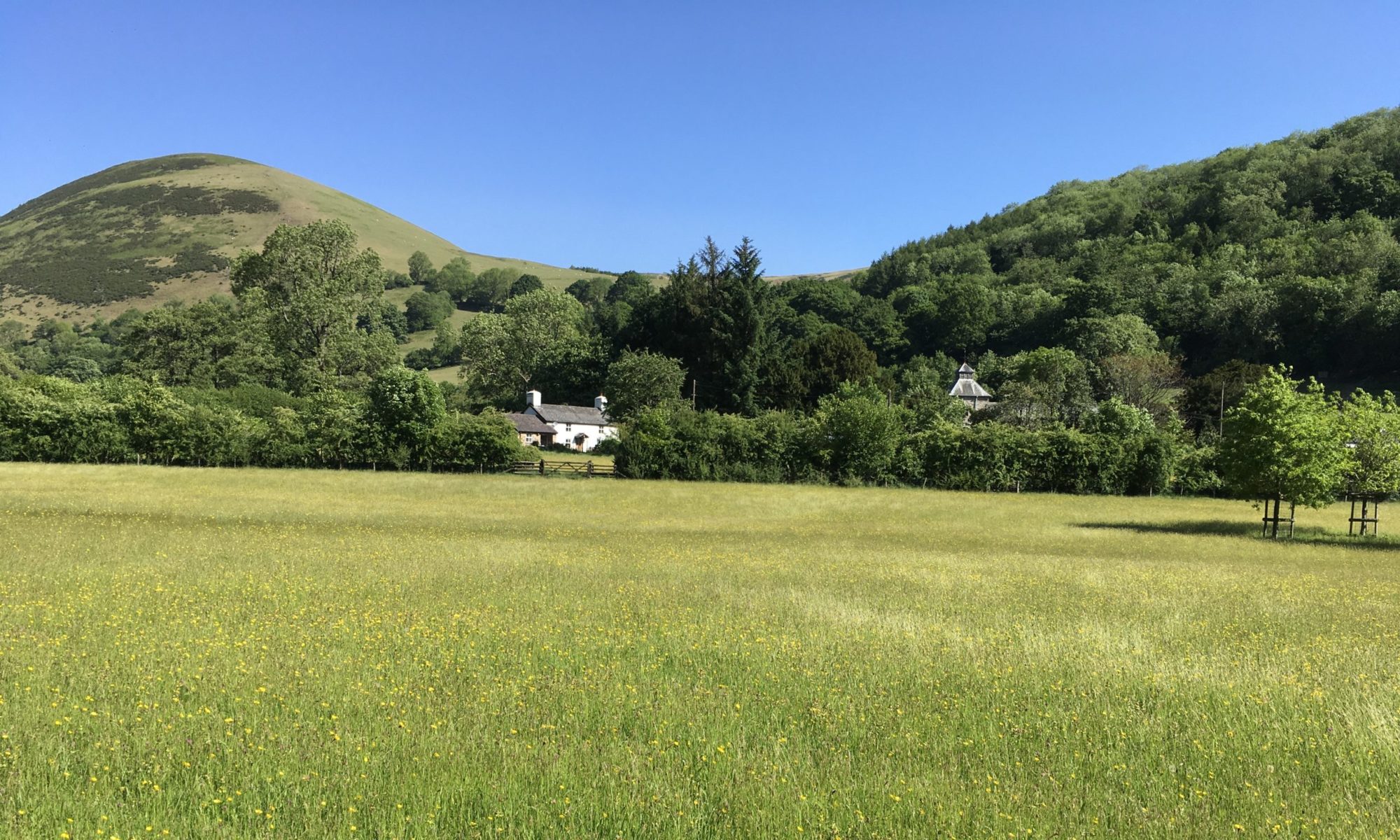When Jesus saw that he answered wisely, he said to the scribe, “You are not far from the kingdom of God.” From Mark 12:28-34.
‘Let saints on earth in concert sing With those whose work is done For all the servants of our King In heaven and earth are one.’ Hymn by Charles Wesley.
All Saints’ Day, 1st November, can be transferred to the First Sunday of November if it falls on a week day – as it does this year – because it is such a highlight of the Christian year. It marks those real men and women, known and unknown to us today, whose lives have been dedicated to serving God and whose examples have encouraged others in their own faith. There are many churches dedicated to All Saints and some saints, like Melangell, are esteemed by public acclamation rather than canonisation. This doesn’t apply only to those who have died, but to living Christians too, as in St Paul’s greeting ‘to the saints and faithful brothers and sisters in Colossae.’ (Col. 1:2, NIV) or Charles Wesley’s hymn, above.
That call to sing God’s praises is not always joyfully reflected in the lives of the saints, and it was St Teresa who prayed: “From sour-faced saints, good Lord, deliver us.” Many knew great tribulation but joy is also a hallmark for many and St Thomas More, in a letter to his daughter Margaret before his execution, wrote of his hope that ‘We may merrily meet in heaven’. That same courage and humour even in the face of such adversity was also reflected in his words to the Lieutenant of the Tower of London at his execution: “Assist me up. Coming down I can look after myself.”
Some saints such as John the Baptist, known as St John the Forerunner in Orthodox tradition, lived very hard lives and were martyred for their faith. Francis of Assisi gave up his wealthy heritage at an early stage to follow a life of poverty, chastity and obedience whilst others like the theologian St Augustine of Hippo wrote as a young man, ‘Lord, give me chastity and continency – but not yet!’ By contrast, Mary gave birth to Jesus in extraordinary circumstances, fled with him and Joseph to Egypt and later witnessed his ministry and terrible death through saying yes rather than no to what was asked of her at a time when she could not have known what lay ahead. Jesus and his earthly father, now known as St Joseph the Worker, spent much of their lives doing manual labour whilst some such as Hildegard of Bingen devoted themselves to prayer and study and others like the priest Maximilian Kolbe volunteered to take the place of a prisoner being executed in the same concentration camp who was a husband and father. There are as many ways of being a saint as there are saints, the word originating from the Latin ‘sanctus’ simply meaning holy. Holiness attracts and places matter, too – near here on the Llŷn Peninsular in Wales is Bardsey Island, said to be the Island of 20,000 Saints and still a place of pilgrimage and grace today.
In the Gospel reading for the First Sunday of the Kingdom, the four Sundays before Advent, many of the people surrounding Jesus are not so much concerned with holiness as with questioning and querying him to try and catch him out. Nevertheless, Jesus continues to speak of the importance of love of God, neighbour and self. A scribe, an erudite man, affirms his words where so many have tested Jesus, who then says to him, “ You are not far from the Kingdom of God.”
With that comment, the hope of heaven and Kingdom values here on earth breaks through into this world now, as in the time of Jesus. Perhaps we, too, are closer to the Kingdom of God than we realise? In the face of so much conflict, woundedness and death in life today, we can also glimpse holiness and hope with All Saints’ Day and that of All Souls’ on 2nd November reminding us that love is the bridge between this world and the next. But it’s a costly business and, as the poet Malcolm Guite writes in his sonnet The gathered glories:
‘Though Satan breaks our dark glass into shards
Each shard still shines with Christ’s reflected light.
……….The dark is bright
With quiet lives and steady lights undimmed.
The witness of the ones we shunned and shamed,
Plain in our sight and far beyond our seeing.
He weaves them with us in the web of being…..
To triumph where all saints are known and named;
The gathered glories of His wounded love.’
FromSounding the Seasons, Canterbury Press.
With my prayers; pob bendith,
Christine, Priest Guardian.

